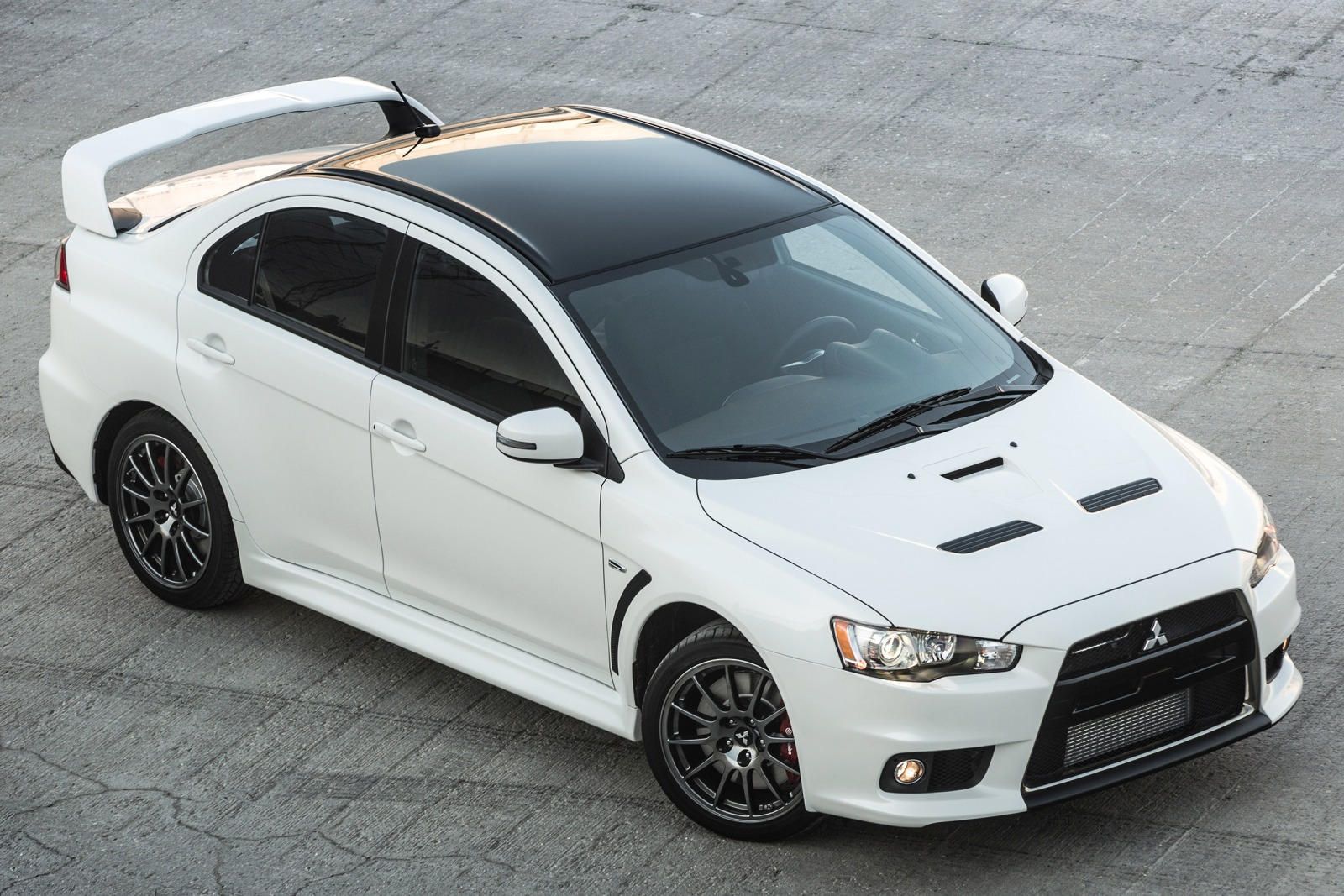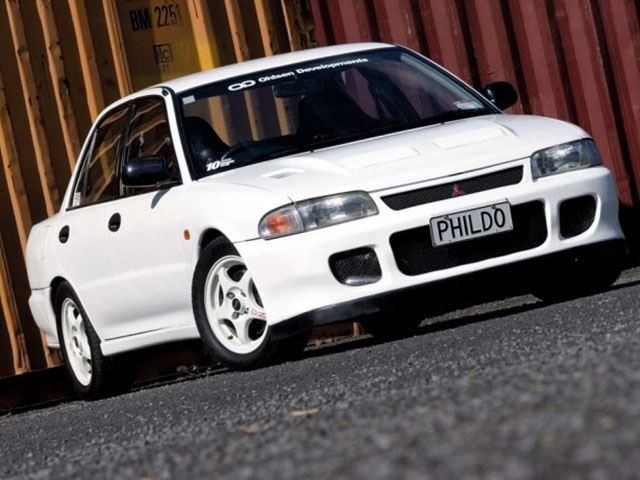
The FISA's (later FIA) Group A WRC cars were very interesting. In order to qualify to compete, each manufacturer had to make at least 5,000 road-going versions of its race cars. Among the Lancia Deltas, Ford Escorts, Toyota Celicas and Subaru WRXs there was the Mitsubishi Evolution underneath which there seemingly was an attitude of excellence and humility. Every model was better than the last, every change was for the better and performance was very nearly on the forefront of each model's direction.
The point of the Evo's birth was for Mitsubishi to compete against the WRX in Group A rallying, and after the success of the Galant's VR-4 powertrain Mitsubishi decided the Lancer was a better platform for 1990. Genius struck Mitsubishi sometime in the early '90s, more specifically in 1992 when the first Evolution was released into the world of rally racing. The Mitsubishi Lancer Evolution took the powertrain from the successful Galant VR-4, which made just under 200 horsepower until it went into the Evo. While the Evo I shared the same powertrain as the VR-4, the specs were vastly different between them, and the drivetrain was changed drastically to boot. The Evo was made to accommodate AWD and just over 240 horsepower.
Unfortunately none of those went off the line to US shores. That 5,000 went to two models, called the RS and GSR. For the enthusiast, the Evo stopped at the RS. The RS was a bare-bones Evo. It had no power windows or seats, no ABS and not even a rear wiper. It was given steel wheels to save weight, all four totaling a savings of over 150 pounds. That means it weighed less than 2,750 pounds! The next year saw the new Evo II. There were changes made to handling, more specifically wheelbase changes, bigger sway bars, a larger spoiler and bigger tires, but the same engine was used.
The Evo II's output was increased to around 250 horsepower. There are 10 models of Evo, and every one of them from 1992 to 2007 (that is the Evo I through IX), use the same engine but remarkably more and more horsepower was squeezed out with each new model.
The engine used is Mitsubishi's fabled 4G63T. It's a 2.0-liter inline-four, and has a cast iron block coupled with low compression. That makes it perfect for turbocharging. No wonder the Evo IX made almost 300 horsepower on 18 psi from the factory. Thanks to the changes made with the Group A Evo II Mitsubishi saw the car's first WRC victory in 1995.

